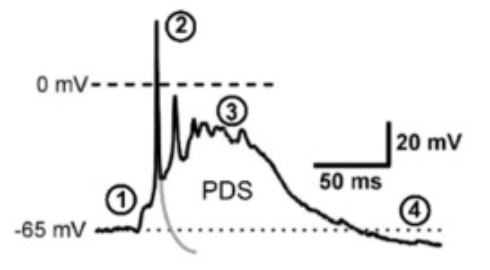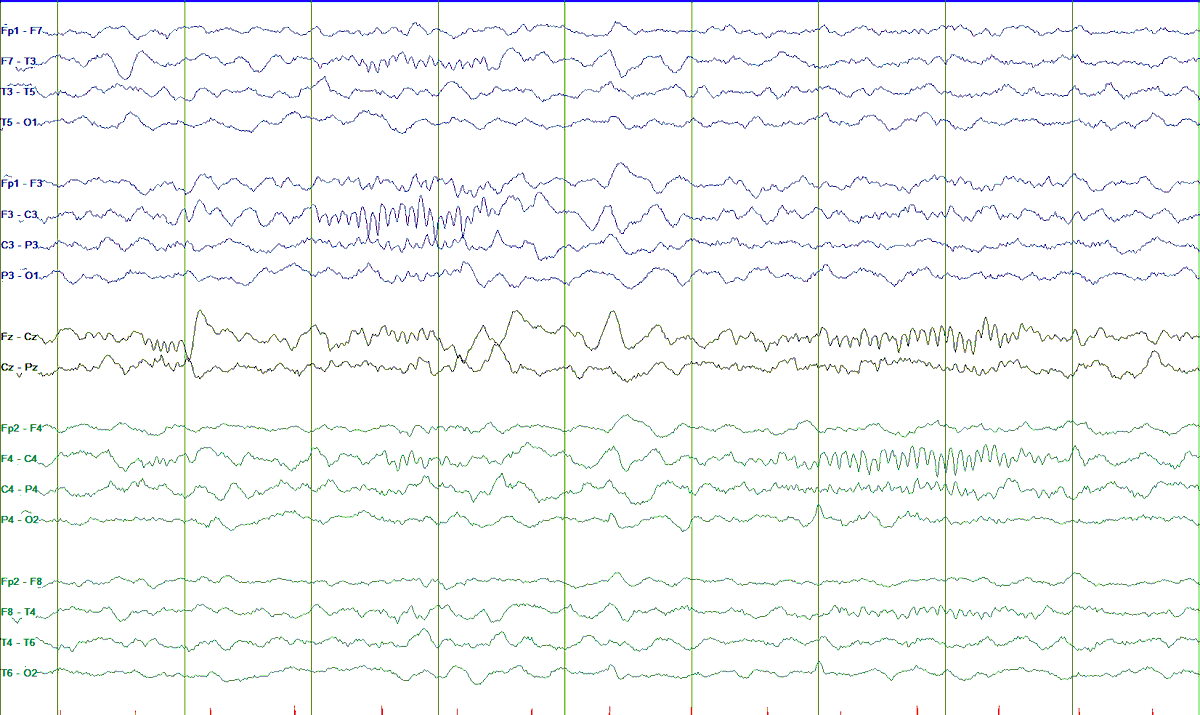1/
2/
) to at least 10 cm2 to record a spike (e.g. onlinelibrary.wiley.com/doi/pdf/10.111…
)
5/
7/
8/
11/
12/
14/
15/

16/
➡️ Microscopic: PDS
➡️ Mesoscopic: HFOs (crank up your filters to see them!)
➡️ Macroscopic: Epileptiform discharge
17/
18/18










